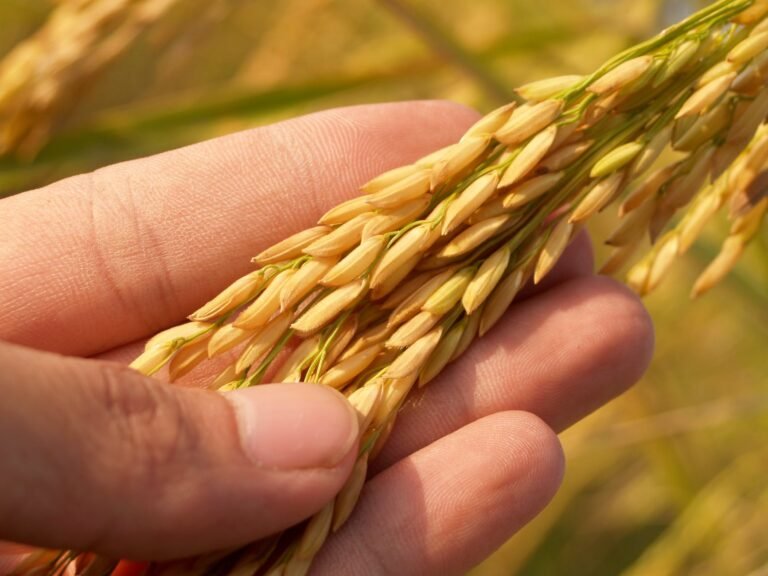
Wheat Farming in Australia: A Step-by-Step Guide
Tell us about your farm and we will try to personalise the advice for you:
Growing corn in scale in Australia can be a financially rewarding venture. By adopting sustainable practices, farmers can not only produce a profitable crop, but also improve soil and pasture health in the long term. In this step-by-step guide, we will explore the key practices and products necessary to sustainably grow corn and ensure profitability.
Start by selecting a suitable site for your corn. Choose a well-drained area with fertile soil and access to sunlight. Before planting, it is crucial to prepare the soil properly. Begin by removing any weeds or debris from the area. Then, conduct a soil test to determine its nutrient content and pH level. Adjust the pH if necessary by adding lime or sulfur. Incorporate organic matter, such as compost or well-rotted manure, to improve soil structure and fertility.
Choose high-quality corn seeds that are well-suited to the local climate and soil conditions. Opt for hybrid varieties that have been bred for disease resistance, high yields, and other desirable traits. Consider consulting with agricultural experts or local seed suppliers to identify the most suitable varieties for your specific region.
Plant corn seeds when the soil temperature reaches around 10-12°C. Create furrows with a row spacing of about 60-75 cm. Place the seeds in the furrows, ensuring a spacing of 20-25 cm between each seed. Cover the seeds with soil and gently firm the surface. Consider using a seed treatment product containing beneficial microorganisms to enhance seed germination and protect against soil-borne diseases.
Proper irrigation is crucial for the successful growth of corn. Monitor soil moisture levels regularly and irrigate when necessary. Aim to maintain consistent soil moisture throughout the growing season, especially during critical stages like pollination. Consider using drip irrigation systems or precision sprinklers to minimize water wastage and ensure efficient water distribution.
Corn requires adequate nutrients for optimal growth and yield. Conduct regular soil tests to assess nutrient levels and adjust accordingly. Apply a balanced fertilizer, rich in nitrogen, phosphorus, and potassium, before planting and during the growing season. Consider using slow-release fertilizers or organic alternatives to minimize nutrient leaching and environmental impact.
Weed competition can significantly impact corn yield. Adopt an integrated weed management approach that combines cultural, mechanical, and chemical control methods. Use pre-emergence herbicides or organic weed suppressants to prevent weed growth before planting. Cultivate the soil between rows to control weeds manually. In some cases, targeted post-emergence herbicides may be necessary, but always follow label instructions and use them judiciously.
Corn is susceptible to various pests and diseases, including aphids, corn borers, and fungal infections. Monitor your crop regularly and employ integrated pest management strategies. Encourage natural predators, such as ladybugs and birds, to control pest populations. Consider using biological control agents or organic pesticides when necessary. Rotate corn with other crops to break pest and disease cycles.
Harvest corn when the ears are fully mature and the husks have turned brown. Check for signs of maturity by gently pressing a kernel with your thumbnail. If it releases a milky fluid, the corn is ready for harvest. Use sharp tools to cut the stalks just below the ears. Remove the husks and store the corn in a cool, dry place or process it immediately for sale.
By following these sustainable practices, Australian farmers can grow corn profitably while minimizing environmental impact. Remember, sustainable farming is a journey of continuous improvement. Stay informed about new technologies, research, and best practices to ensure the long-term success of your corn farm. Happy farming!
Note: The content provided here is for informational purposes only and should not replace professional agricultural advice. Always consult with local experts and agricultural extension services for specific recommendations tailored to your farm’s unique conditions.

Tell us about your farm and we will try to personalise the advice for you: